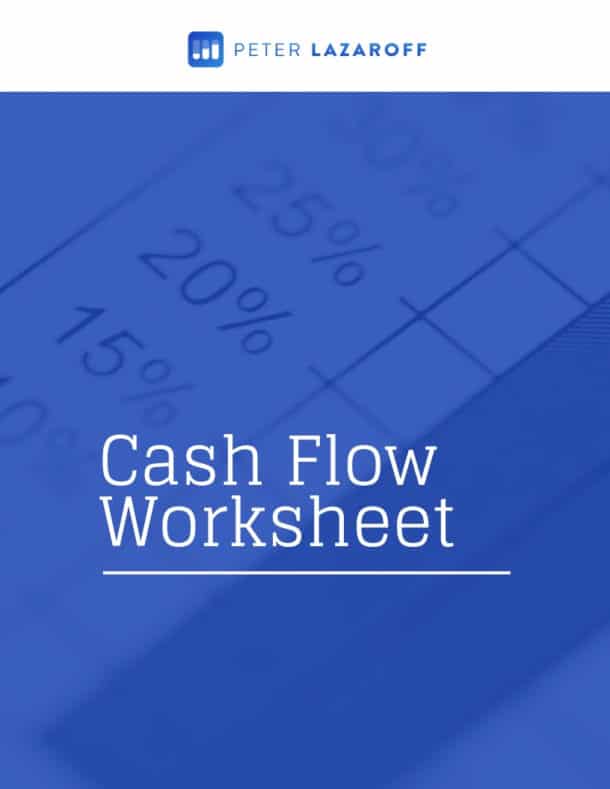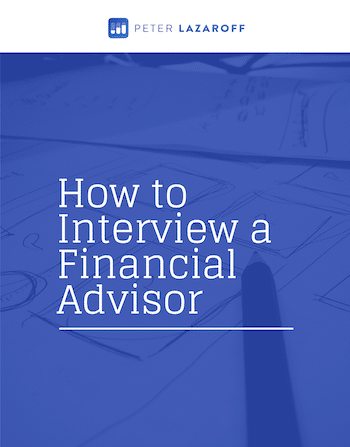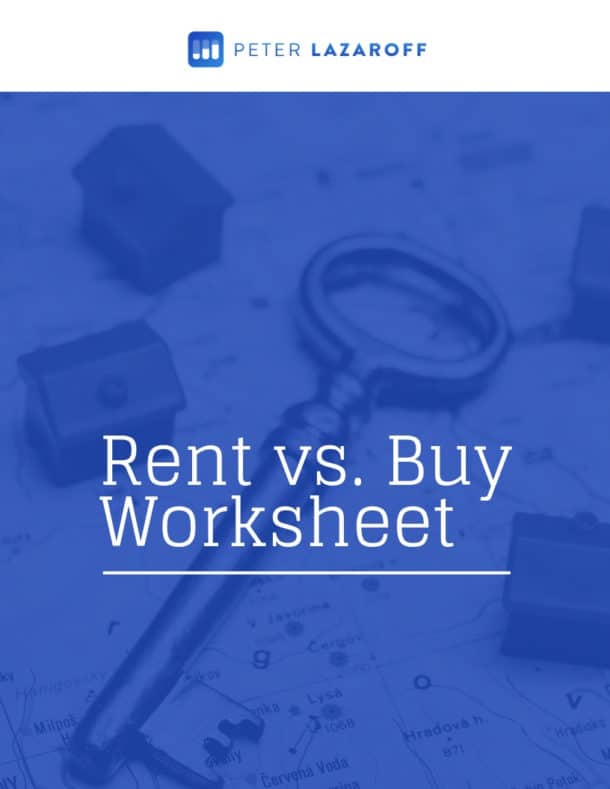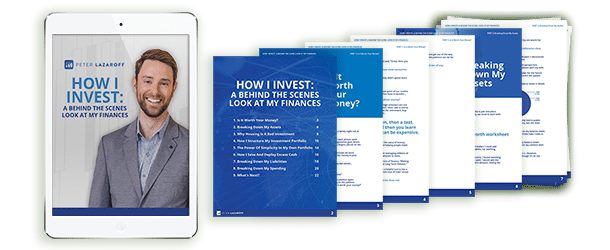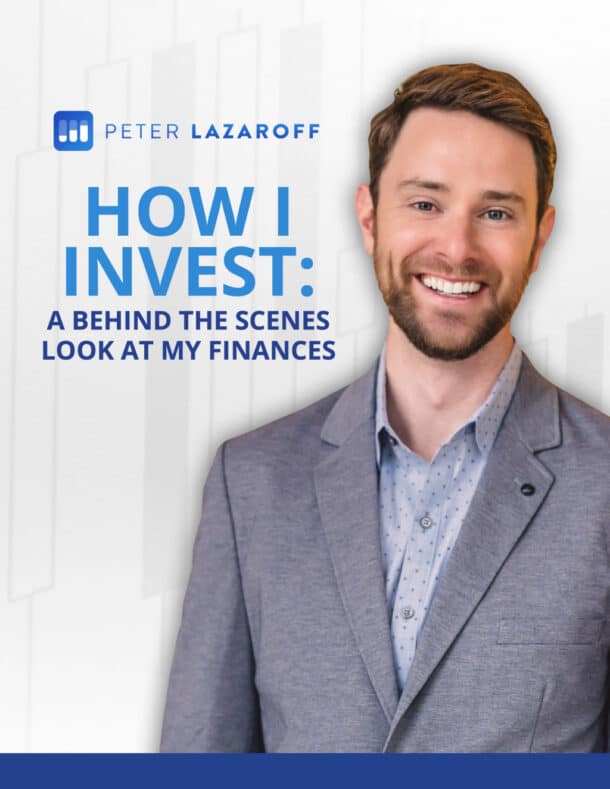Watch Now
Listen Now
I had the pleasure of sitting down with Rubin Miller, a chess master, experienced investor, and the author behind the insightful blog Fortunes and Frictions.
Rubin’s unique background provides a fascinating lens through which he views the world of investing, combining the strategic thinking required in chess with the complexities and uncertainties inherent in financial markets.
Here are notes from my conversation…
Sign up for my newsletter so you can easily reply to my emails with your thoughts or questions for the podcast:
Chess, Investing, and the Art of Navigating Uncertainty [0:54]
Chess is a game of pure skill. Every piece on the board has a defined role, and every move is dictated by a set of known rules. The outcome of a chess match is entirely dependent on the decisions made by the players, with no element of randomness. This characteristic makes chess an ideal environment for studying the dynamics of strategy and decision-making.
In chess, you receive immediate feedback on your moves—when you make a mistake, especially against a stronger opponent, you are punished for it. This creates a powerful learning environment where improvement is directly tied to your ability to analyze and adapt.
But while chess is governed by fixed rules and clear outcomes, investing operates in a much more complex and uncertain environment. The financial markets are influenced by countless variables, many of which are unpredictable. Rubin drew a compelling analogy between chess and investing, highlighting how investing involves navigating a world full of “known knowns,” “known unknowns,” and “unknown unknowns.”
In chess, all the information is right in front of you on the board. You can see the pieces, understand the rules, and predict the possible outcomes based on your opponent’s potential moves.
Investing, however, is far less straightforward. While we can analyze data and trends (the “known knowns”), there are always risks we are aware of but can’t predict (the “known unknowns”), and perhaps most challenging are the “unknown unknowns”—the unforeseen events that can drastically impact markets and investment outcomes.
Unlike chess, where the outcome is determined solely by skill, investing requires one to make decisions in the face of uncertainty. The unpredictability of the markets means that even the most well-reasoned investment strategies can be upended by unexpected events, whether it’s a sudden economic downturn, geopolitical instability, or a global crisis like the COVID-19 pandemic.
In chess, success or failure is a direct result of your strategic decisions. But in investing, the waters are murkier. While skill is undoubtedly important, luck plays a significant role in determining short-term outcomes.
The Role of Skill and Luck in Investing [09:17]
With investing, the balance between skill and luck is much more complex than in chess. In the financial markets, while skill is crucial, it’s not the only factor that determines success. Market movements are influenced by countless external variables—economic indicators, geopolitical events, technological advances, and even natural disasters—that are often beyond any investor’s control. This is where luck comes into play.
Rubin emphasized that recognizing the role of luck is essential for any investor. It’s easy to attribute success in the markets to our own abilities, especially when things are going well. We might think that our careful analysis and strategic decisions are solely responsible for our gains. However, Rubin points out that this is a dangerous mindset. In reality, the markets are full of randomness, and short-term successes can often be more a result of good fortune than skill.
Given the inherent unpredictability of the markets, it’s crucial to focus on building a robust, diversified portfolio that can weather various outcomes. By spreading investments across different asset classes and sectors, investors can mitigate some of the risks associated with relying too heavily on any single outcome.
Moreover, Rubin emphasized the importance of process over prediction. Instead of trying to outguess the market—which is often futile—investors should focus on developing a disciplined investment process. This process should be based on evidence, sound principles, and a clear understanding of one’s own risk tolerance. By sticking to a well-defined process, investors can better manage the inevitable ups and downs of the market, knowing that their strategy is built to endure over the long term.
Another key takeaway from our conversation was the idea that good decisions don’t always lead to good outcomes, especially in the short term. The role of luck means that even the best decisions can sometimes lead to unfavorable outcomes due to factors beyond our control. This is why it’s so important to maintain a long-term perspective and avoid the temptation to constantly tweak your strategy based on short-term results.
By approaching investing with humility, focusing on processes over prediction, and maintaining a long-term perspective, we can better navigate the uncertainties of the market and increase our chances of achieving our financial goals.
The Japanese Mochi Company: Focusing on What You Do Best [11:49]
During our conversation, I asked Rubin to share the story of a 1,000 year old Japanese mochi store that was the inspiration for this blog post.
He recounted the tale of a Japanese mochi shop that has been in operation for centuries, serving the same product generation after generation. The mochi shop, Rubin explained, has resisted the temptation to diversify its offerings over the years. While it might have been tempting to expand the menu or branch out into new products to increase revenue, the shop’s owners chose a different path. They decided to focus solely on making the best mochi possible. By honing in on this single product, they not only perfected their craft but also built a reputation that has stood the test of time.
Rubin’s story about the mochi shop is a powerful metaphor for investing. Just as the shop thrived by focusing on what it did best, investors can benefit from maintaining a clear and focused investment strategy. In a world where we are constantly bombarded with new investment opportunities, market trends, and financial products, it’s easy to get distracted. But as Rubin pointed out, trying to do too much or chasing after every new trend can often lead to subpar results.
In investing, as in business, there’s value in simplicity and consistency. We discussed how this principle applies to managing an investment portfolio. Rather than constantly tweaking your investments based on the latest news or trying to outguess the market, it’s often better to stick to a well-thought-out strategy that aligns with your long-term goals. This approach allows you to focus on what you do best—whether that’s staying the course with a diversified portfolio, managing risk effectively, or sticking to a disciplined savings plan.
The story of the Japanese mochi shop is a reminder that sometimes, less is more. In both business and investing, focusing on what you do best and resisting the urge to overcomplicate things can lead to better outcomes in the long run. It’s about understanding your strengths, sticking to your principles, and having the discipline to stay the course, even when distractions arise.
Certainty vs. Uncertainty: Building a Thoughtful Portfolio [17:02]
Investing is inherently about making decisions in the face of uncertainty, and understanding how to navigate this uncertainty is key to long-term success.
We discussed certainty and uncertainty, startingy in the context of fixed-income investments like bonds. Rubin explained that certain investments, such as short-term U.S. Treasury bills, offer a high degree of certainty. When you buy a 3-month Treasury bill, for example, you can be almost completely sure of the return you’ll receive over that period. This level of predictability is incredibly valuable, especially when it comes to financial planning. Knowing that you will receive a specific return allows you to plan with a high degree of confidence.
However, as Rubin pointed out, there’s a trade-off for this certainty: low returns. Investments that offer high certainty typically yield lower returns, especially when adjusted for inflation. For instance, while a 10-year Treasury bond might offer a certain return of around 3.8%, this might not be sufficient to meet long-term financial goals, especially when inflation is taken into account.
This is where the need to embrace some level of uncertainty comes into play. To grow your wealth over time, you need to take on more risk, which often means investing in assets like stocks that have the potential for higher returns but also come with greater volatility. Understanding and accepting this trade-off is crucial for building a thoughtful portfolio. While it’s tempting to seek the safety of certain returns, doing so exclusively could mean sacrificing the growth potential needed to achieve your long-term financial objectives.
We explored how investors can approach the challenge of incorporating uncertainty into their portfolios. The goal is to strike the right balance between certainty and uncertainty based on your individual financial goals and risk tolerance. This balance is not one-size-fits-all; it’s highly personal and should be tailored to each investor’s unique situation.
The longer your investment horizon, the more you can afford to take on uncertainty because you have more time to ride out the inevitable ups and downs of the market. Over time, the potential higher returns from riskier assets like stocks can help offset the uncertainty and volatility that comes with them.
But building a thoughtful portfolio isn’t just about choosing the right mix of assets; it’s also about having a process that guides your decisions. This process should include regular rebalancing to ensure that your portfolio remains aligned with your risk tolerance and financial goals, as well as a long-term perspective that helps you stay focused even when market conditions are challenging.
One of the biggest challenges for investors, as Rubin pointed out, is managing expectations. It’s easy to get caught up in the allure of certainty, especially in volatile markets, but it’s important to remember that uncertainty is an unavoidable part of investing as well as a necessary component of achieving the growth needed for long-term success.. By understanding this dynamic and approaching your portfolio with a thoughtful, disciplined process, you can better manage the uncertainty inherent in investing and position yourself for long-term success.
The Challenges of Portfolio Construction [24:02]
One of the challenges of portfolio construction is that good decisions can sometimes lead to bad outcomes, especially in the short-term. It’s one of the most difficult aspects of investing: the idea that you can do everything right—conduct thorough research, develop a sound strategy, and execute your plan perfectly—and still face periods of poor performance. This can be frustrating and disheartening, but it’s an unavoidable part of the investing landscape.
Investing often puts us at the mercy of timing and randomness, two factors largely outside of our control. Over the long term, sound strategies tend to pay off, but in the short term, the market’s volatility can lead to outcomes that don’t always align with your expectations.
This is why Rubin and I both stress the importance of maintaining a long-term perspective and adhering to a disciplined investment process. By staying focused on your overarching goals and not getting distracted by short-term fluctuations, you can better manage the emotional rollercoaster that often accompanies investing. This long-term mindset is crucial for weathering the ups and downs that are inevitable in any portfolio.
Rubin also pointed out that diversification is a key tool in managing the challenges of portfolio construction. By spreading your investments across different asset classes, sectors, and geographies, you can reduce the impact of any single investment’s poor performance on your overall portfolio. Diversification doesn’t eliminate risk, but it helps mitigate it, providing a more stable foundation for your investment strategy.
The Role of Options in Risk Management [29:04]
While diversification is a cornerstone of portfolio construction, Rubin and I also discussed another powerful tool for managing risk: options. Options, particularly covered calls, can be an effective strategy for investors with concentrated stock positions.
See more of Rubin’s insights on this topic in this blog post.
Rubin shared insights from his own experience as a trader, explaining how options can be used not just for speculation, but as a strategic risk management tool. For example, if you own a significant amount of a single stock, selling covered call options on that stock can provide you with income while also setting a price at which you’d be willing to sell. This approach can be particularly useful if you believe the stock is nearing a peak but aren’t ready to sell it outright.
Covered calls, as Rubin described, involve selling the right (but not the obligation) for someone else to buy your stock at a predetermined price (the strike price) by a certain date. If the stock price stays below the strike price, you keep the premium from selling the option, and the stock remains in your portfolio. If the stock price rises above the strike price, you sell the stock at that price, potentially at a gain, plus you still keep the premium that can be used to pay taxes on the stock sale.
We also touched on how options are often misunderstood or underutilized by individual investors, largely because they are perceived as complex or risky. Rubin stressed that while options do require a certain level of expertise to use effectively, they can be a powerful addition to an investment strategy when applied with discipline and a clear understanding of the risks involved. For investors who might be new to options, working with an advisor who understands how to incorporate them into a broader investment plan can be invaluable.
Resources:
- Fortunes and Frictions
- ‘Is It Time To Sell Stocks?’: Fortunes and Frictions Blog Post
- ‘Call Me Maybe’: Fortunes and Frictions Blog Post
The Long Term Investor audio is edited by the team at The Podcast Consultant
Submit Your Question For the Podcast
Do you have a financial or investing question you want answered? Submit your question through the “Ask Me Anything” form at the bottom of my podcast page.
Support the Show
Thank you for being a listener to The Long Term Investor Podcast. If you’d like to help spread the word and help other listeners find the show, please click here to leave a review.
I read every single one and appreciate you taking the time to let me know what you think.
Free Financial Assessment
Do you want to make smart decisions with your money? Discover your biggest opportunities in just a few questions with my Financial Wellness Assessment.












